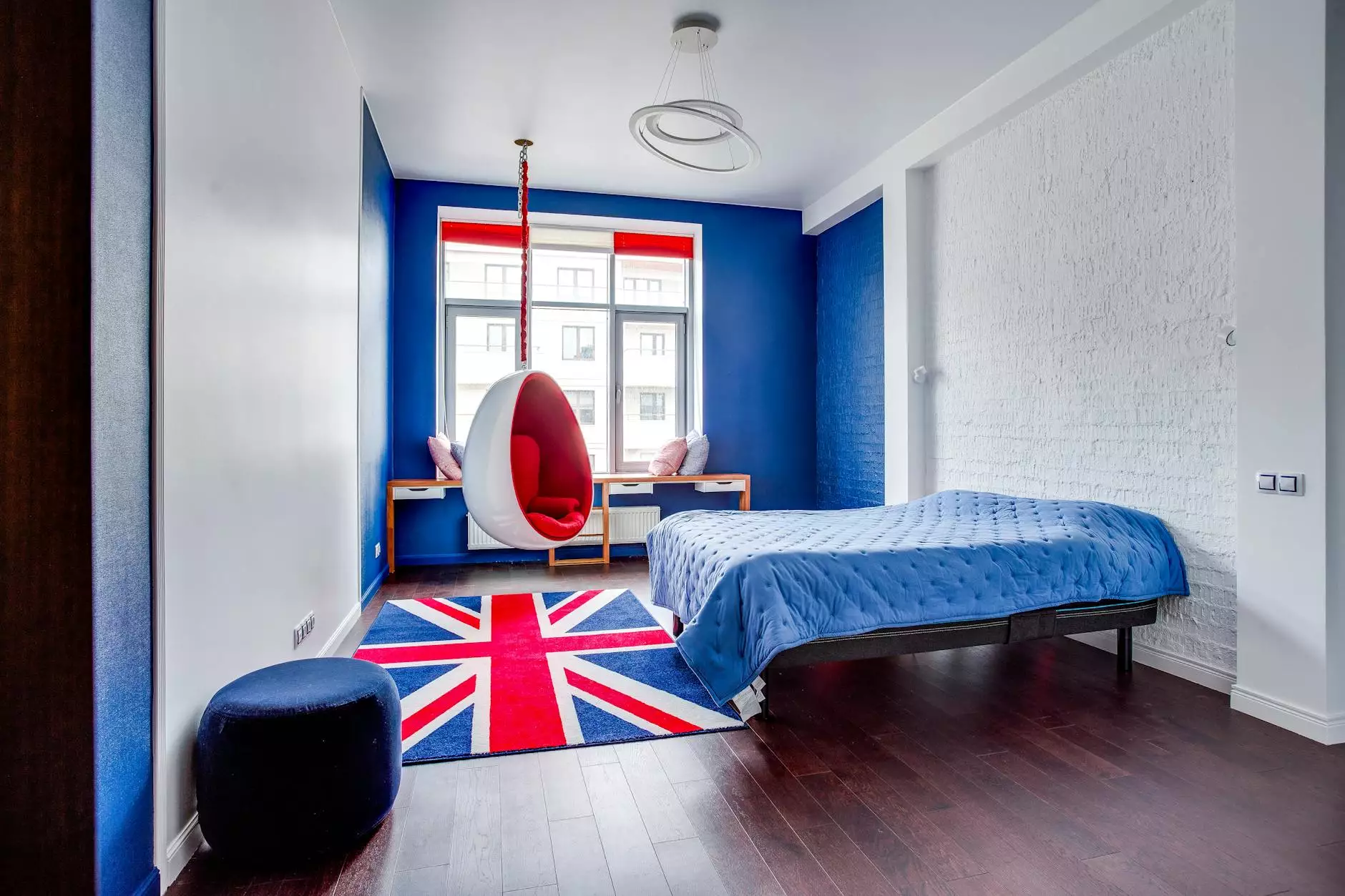The Art and Strategy of Label Design for Businesses

In today's competitive market, businesses are constantly striving to create unique identities that resonate with their customers. Among the various elements of branding, label design plays a crucial role in creating first impressions and influencing purchasing decisions. This article delves deep into the significance of effective label design, its impact on business success, and practical strategies for creating labels that not only look great but also serve a functional purpose in your marketing strategy.
Why Label Design Matters
Label design is not just about aesthetics; it’s a comprehensive strategy that combines graphic and product design to convey essential information about a product and brand. Here are several reasons why effective label design is paramount:
- Brand Identity: Labels are a primary way to communicate your brand's personality and ethos. A well-designed label encapsulates your brand story.
- Product Information: Labels provide critical information about the product, including its ingredients, usage instructions, and regulatory compliance details.
- Consumer Attraction: An eye-catching label design captures attention on shelves, helping to attract consumers over competitors.
- Trust and Credibility: Professional label design fosters consumer trust. Quality and thoughtful design reflect the quality of the product inside.
- Legal Compliance: In many industries, labels must adhere to legal guidelines regarding information display, making thoughtful design crucial.
Key Elements of Effective Label Design
Creating a compelling label involves various elements working in harmony. Here are the key components you need to consider:
1. Typography
The choice of fonts significantly impacts readability and brand perception. You should aim for a balance between creativity and clarity. Key considerations include:
- Readability: Ensure that your text is easy to read from a distance.
- Brand Consistency: Choose typography that reflects your brand's style and message.
- Hierarchy: Use different font sizes and weights to establish a visual hierarchy that guides the reader's eye.
2. Color Scheme
Colors evoke emotions and can significantly influence consumer behavior. When designing your label, consider the following:
- Psychology of Colors: Different colors convey various feelings; for example, blue often evokes trust, while red can trigger excitement.
- Contrast: High contrast between text and background enhances readability.
- Brand Colors: Incorporate your brand's color palette to maintain consistency across all marketing materials.
3. Imagery and Graphics
Graphics and images on your labels can visually communicate your product’s benefits. Consider:
- Quality of Images: Use high-resolution images to maintain professionalism.
- Relevance: Ensure that the imagery aligns with the product experience.
- Moderation: Avoid overcrowding the label with graphics, which can dilute the message.
4. Layout and Structure
The overall layout determines how easily the information can be absorbed by the consumer. Follow these best practices:
- Logical Flow: Organize information in a way that prompts viewers to read through it seamlessly.
- Balanced White Space: Use white space strategically to avoid clutter and enhance visual appeal.
- Strategic Placement: Place the most crucial information where it’s easily found, such as at eye level or on front-facing parts of the label.
Understanding Your Target Audience
To design labels that resonate, it’s vital to understand who your target audience is. Consider demographic factors such as:
- Age: Different age groups may have varying preferences for design.
- Gender: Tailor your design to appeal to your primary customer base.
- Psychographics: Understand their values, lifestyle, and buying behaviors to create labels that resonate with them emotionally.
Trends in Label Design
Staying current with design trends can elevate your labels. Here are some prevalent trends to consider:
1. Minimalism
Minimalist designs focus on simplicity and elegance. They often feature:
- Clean Lines: Reducing distractions allows key information to stand out.
- Limited Color Palettes: Two to three colors can create a sophisticated look.
2. Eco-Friendly Designs
With the rise of sustainability, consumers are attracted to eco-friendly labels made from recycled materials and printed with soy-based inks. Include the following:
- Sustainable Messaging: Highlight your commitment to sustainability on your labels.
- Natural Colors: Use earthy tones to reflect your brand's eco-conscious values.
3. Interactive Labels
Some brands are integrating technology into labels, creating interactive experiences. Consider:
- QR Codes: Provide customers quick access to more information about your product via digital platforms.
- Augmented Reality Features: Offer a unique and engaging way for customers to interact with your brand.
Practical Steps to Create Outstanding Label Design
Embarking on the label design process requires planning and strategy. Here are some practical steps to ensure success:
1. Define Your Objectives
Start by defining what you want to achieve with your label design. This could range from educating consumers to increasing visibility on store shelves.
2. Research and Analyze Competitors
Understand what your competitors are doing in terms of label design. Take note of what works for them and where you can differentiate your labels.
3. Brainstorm and Sketch Ideas
Get creative! Sketch out multiple ideas, focusing on different elements discussed earlier. Consider using a mix of styles to see what resonates best.
4. Create a Prototype
Before finalizing your design, create a prototype of your label. This can help you visualize how it will look in real life and allow for adjustments.
5. Gather Feedback
Once you have your prototype, gather feedback from potential consumers or colleagues. Constructive criticism can provide fresh perspectives and uncover potential flaws.
6. Finalize and Print
After incorporating feedback and finalizing your design, select a reputable printer that specializes in labels to ensure high-quality production.
Conclusion: The Power of Effective Label Design
In conclusion, effective label design is a powerful tool in the arsenal of any business, particularly for those in the graphic and product design fields. With careful consideration of typography, color, imagery, and audience insight, businesses can create labels that not only stand out but also communicate vital information and build trust. By staying abreast of trends and implementing practical design steps, your label can become an essential element in your brand's growth and success.
Ultimately, remember that your label is often the first touchpoint between your product and the consumer. Investing time and creativity into your label design can lead to significant returns in terms of brand recognition, customer loyalty, and sales. Start exploring the possibilities of how effective label design can shape your business today!









